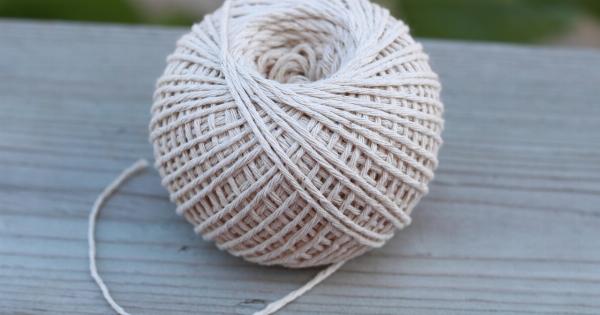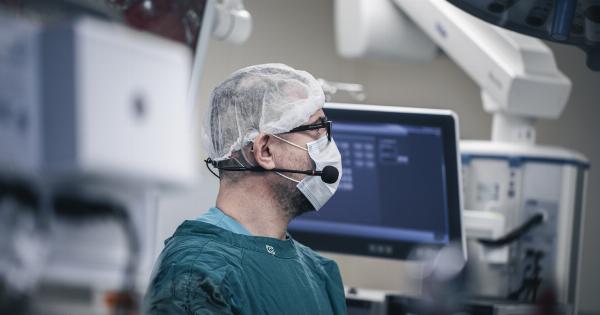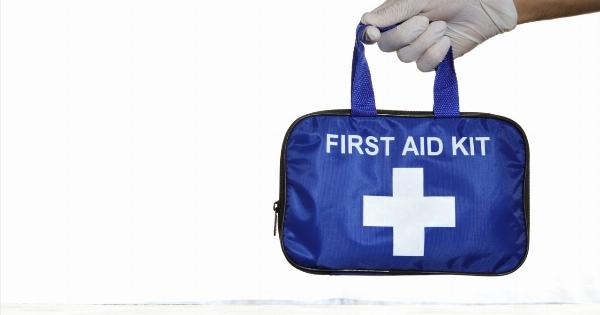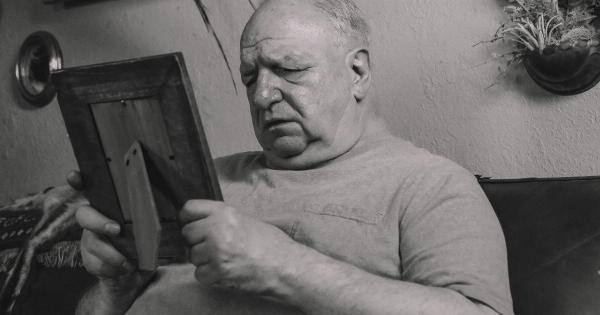Testicular pain is a common issue that affects men of all ages. It can range from mild discomfort to severe agony, and it can be caused by several different factors.
One of the most serious causes of testicular pain is testicular torsion, a condition that can lead to permanent damage or loss of the testicle if not treated promptly. In this article, we will explore the causes, symptoms, and treatment options for testicular pain and torsion.
What is Testicular Torsion?
Testicular torsion occurs when the spermatic cord, which supplies blood to the testicle, becomes twisted. This can cut off the blood flow to the testicle, causing severe pain and swelling.
Testicular torsion is most common in young boys, but it can affect males of any age.
Causes of Testicular Torsion
While the exact cause of testicular torsion is often unknown, there are a few factors that can increase the risk. These include:.
- Physical trauma or injury to the testicle
- Anatomical abnormalities, such as a bell-clapper deformity
- Rapid growth during puberty
- Vigorous physical activity
- Cold weather
Symptoms of Testicular Torsion
The most common symptom of testicular torsion is sudden and severe testicular pain. The pain may also be accompanied by:.
- Swelling and redness of the scrotum
- Abdominal pain
- Nausea and vomiting
- Frequent urination
If you experience these symptoms, it is crucial to seek immediate medical attention as testicular torsion requires prompt surgical intervention to restore blood flow and prevent tissue damage.
Diagnosis
If testicular torsion is suspected, the doctor will perform a physical examination of the scrotum. They may also order additional tests, such as a Doppler ultrasound, to assess the blood flow to the testicle.
Treatment Options
The only effective treatment for testicular torsion is surgery. The surgeon will untwist the spermatic cord and secure the testicle in its proper position to prevent future episodes of torsion.
In some cases where the testicle has suffered irreversible damage, it may need to be removed.
Prevention
While testicular torsion cannot always be prevented, there are some steps that can reduce the risk:.
- Avoiding trauma to the testicles
- Wearing supportive underwear during physical activity
- Being aware of any anatomical abnormalities and discussing them with a healthcare provider
Other Causes of Testicular Pain
Not all testicular pain is caused by torsion. Other common causes include:.
- Epididymitis: Infection or inflammation of the epididymis, a coiled tube located at the back of the testicle
- Orchitis: Inflammation of the testicle, often caused by a viral or bacterial infection
- Varicocele: Enlarged veins in the scrotum
- Inguinal hernia: A condition where a part of the intestine protrudes through a weak spot in the abdominal muscles
If you experience testicular pain, it is essential to consult a healthcare professional to determine the underlying cause and receive appropriate treatment.
When to Seek Medical Attention
Testicular pain should never be ignored, especially if it is sudden and severe. Seek immediate medical attention if you experience:.
- Unexplained testicular pain
- Testicular swelling or redness
- Abdominal pain or vomiting
- Difficulty urinating
Early diagnosis and treatment can significantly improve outcomes and prevent complications.
Lifestyle Implications
Testicular pain, whether caused by torsion or other conditions, can have a significant impact on a person’s quality of life. It may interfere with daily activities, sexual function, and overall well-being.
It is important to address and manage testicular pain promptly to minimize its impact on daily life.





























